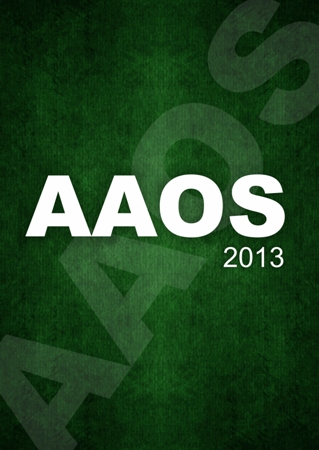
AAOS: Lower pain during activity observed with minimally invasive subvastus TKA

AAOS: Lower pain during activity observed with minimally invasive subvastus TKA
Reported Pain After Total Knee Arthroplasty: A Prospective, Randomized Trial Comparing Two Surgical Approaches
Did you know you're eligible to earn 0.5 CME credits for reading this report? Click Here
CONFERENCE ACE REPORTS
This ACE Report is a summary of a conference presentation or abstract. The information provided has limited the ability to provide an accurate assessment of the risk of bias or the overall quality. Please interpret the results with caution as trials may be in progress and select results may have been presented.
Synopsis
128 patients were randomized to determine if there was a difference in short-term pain in minimally invasive total knee arthroplasty with either the quadriceps-sparing subvastus approach or medial parapatellar arthrotomy. Pain outcomes (at rest and during movement) were assessed in the first 3 postoperative days, and narcotic consumption was recorded in-hospital and 8 weeks following discharge. Re...
To view the full content, login to your account,
or start your 30-day FREE Trial today.
FREE TRIAL
LOGIN
Forgot Password?
Explore some of our unlocked ACE Reports below!

Learn about our AI Driven
High Impact Search Feature
Our AI driven High Impact metric calculates the impact an article will have by considering both the publishing journal and the content of the article itself. Built using the latest advances in natural language processing, OE High Impact predicts an article’s future number of citations better than impact factor alone.
Continue



 LOGIN
LOGIN

Join the Conversation
Please Login or Join to leave comments.